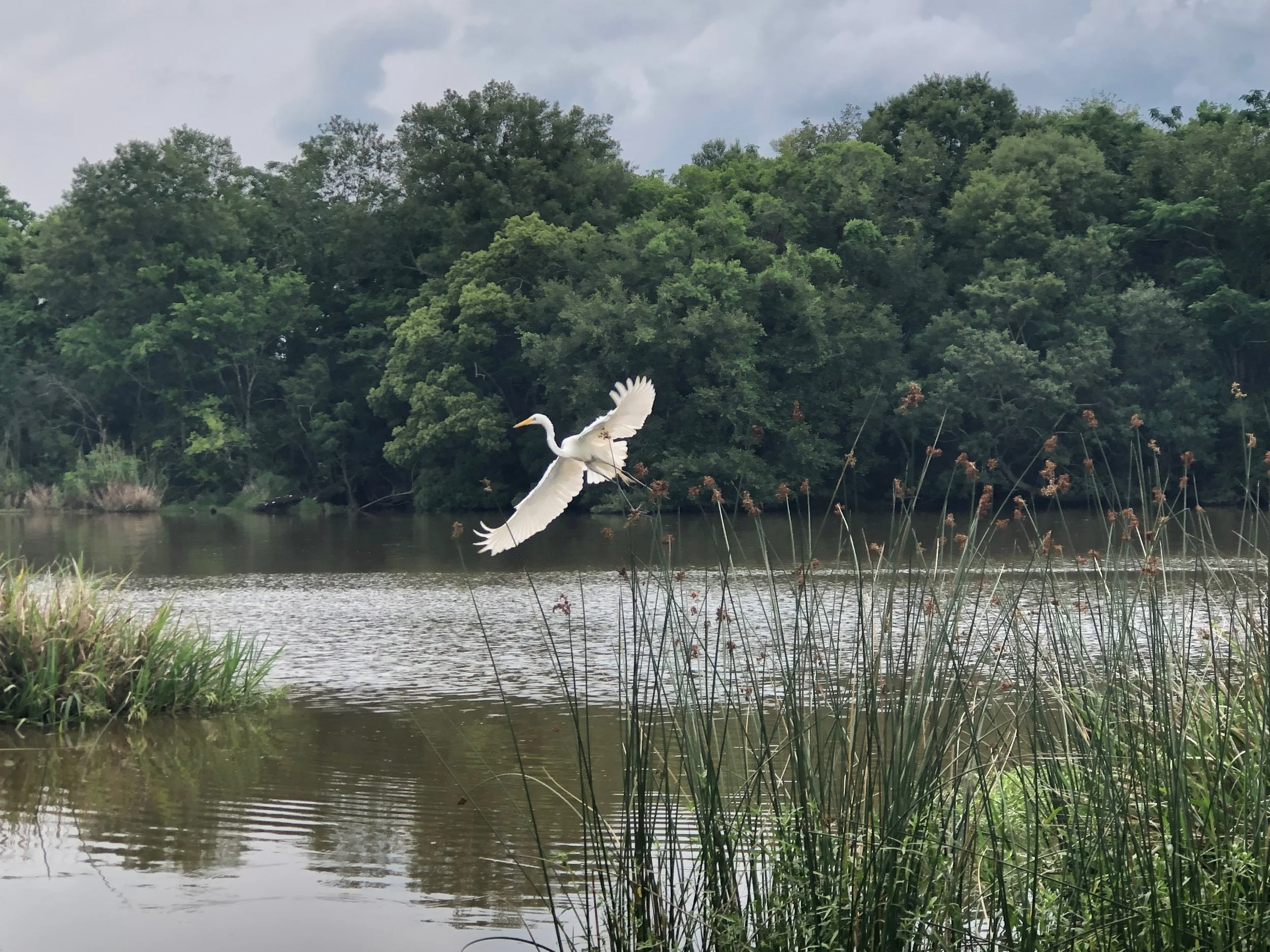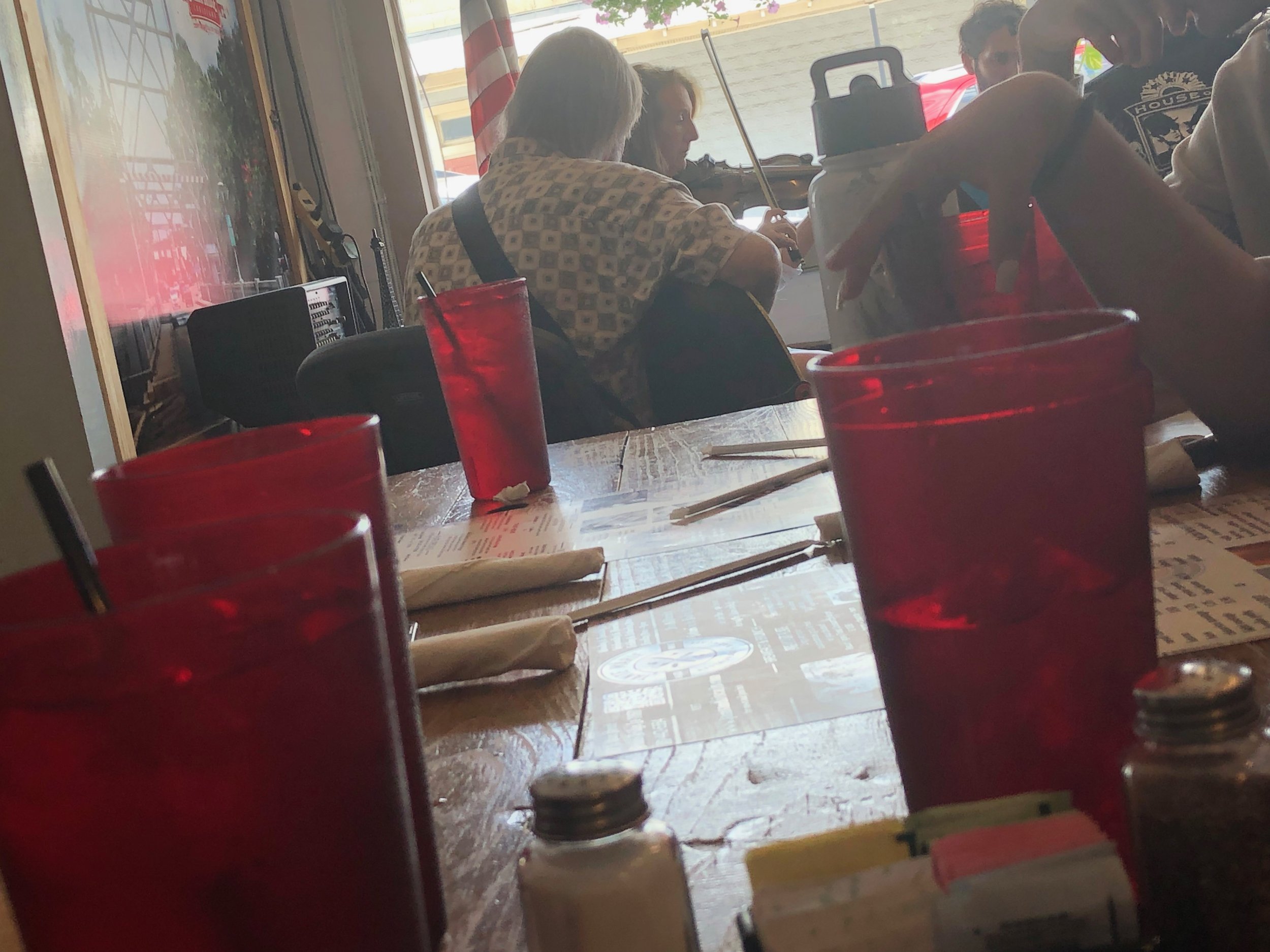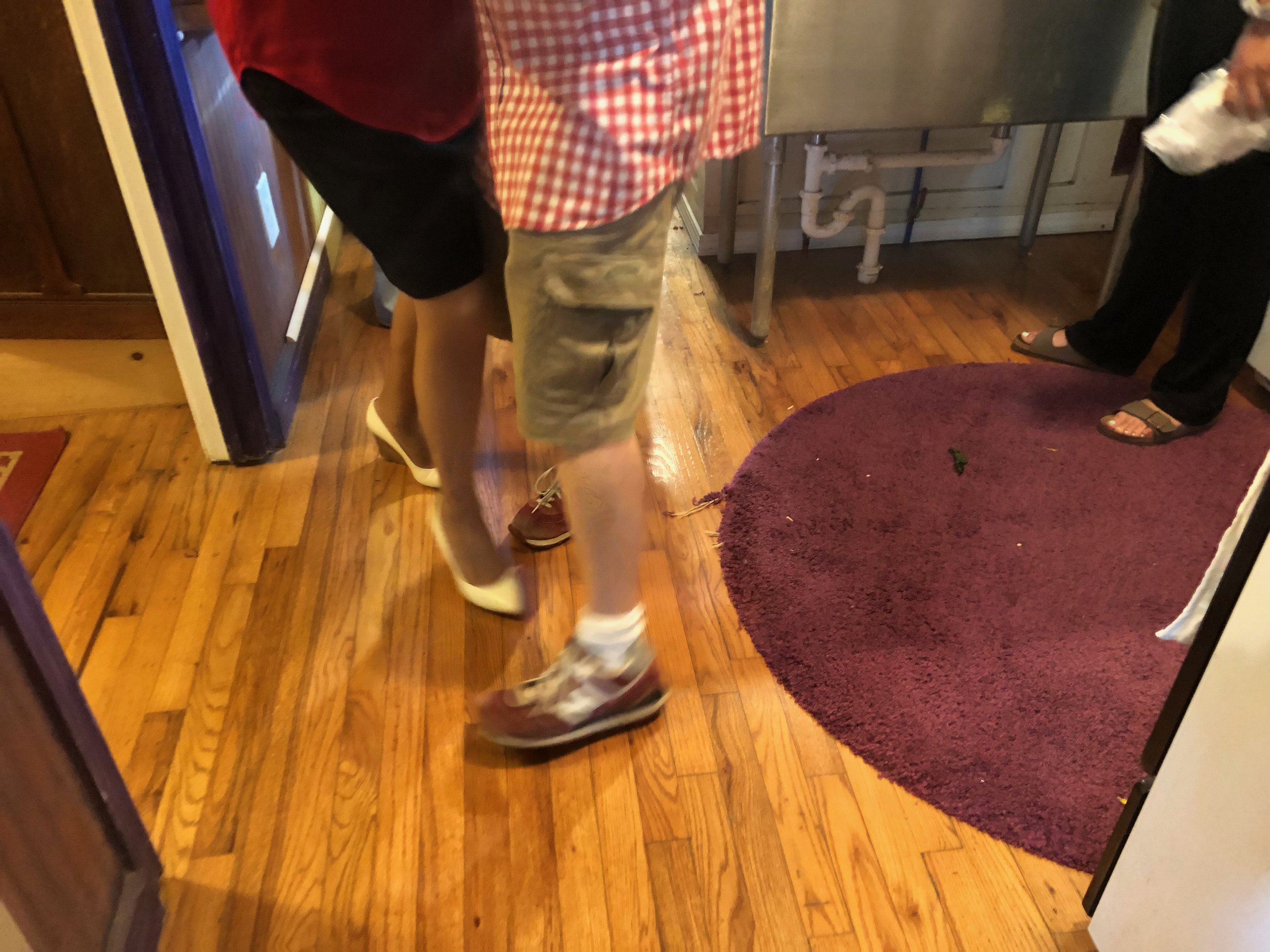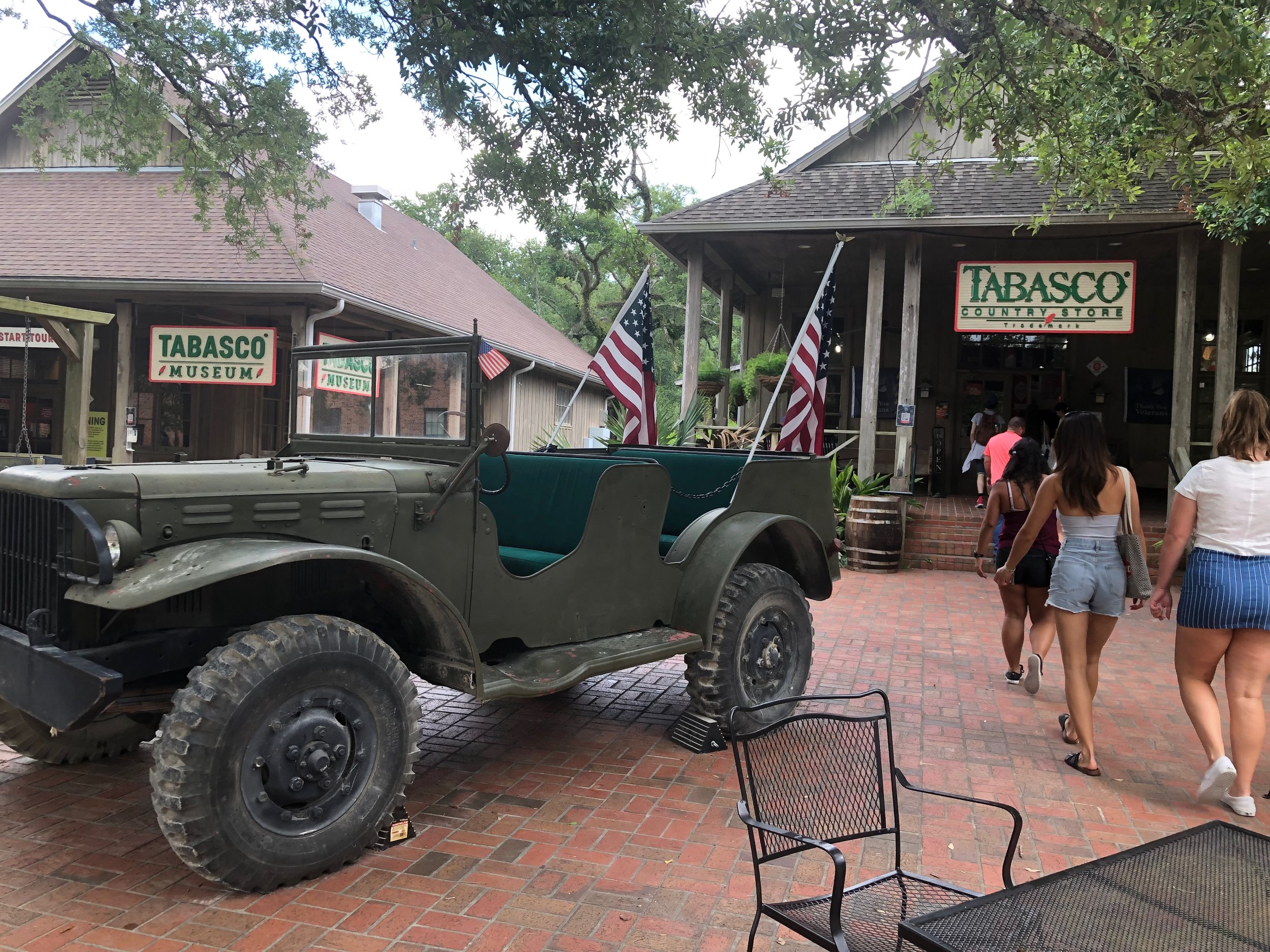Cajun…what do we mean when we say this word? Are we referring to the blue-collar population that is peppered across the sweet and spicy state of Louisiana? Or, are we referring to a spirit through which we can master the fiddle and eat an entire roll of boudin in one sitting? Technically we are referring to both, but let’s stick with the latter for now! The spirit was sought after viciously by me and the gang as we spent our remaining days in Lafayette. To set the mood, we read short stories from Tim Gautreaux’s Same Place, Same Things. One of the stories that gripped my attention from the first to the last page was “Floyd’s Girl,” which was about a girl named Lizette who gets kidnapped by her mother’s Texan boyfriend. While this may not be the boyfriend’s first time venturing into the state, Louisiana natives like T-Jean’s grandmère still see him as just another foreigner, a “cou rouge” (red neck) intruding on their territory. During this great chase, the spirit of the Cajun people is brought to focus through musical lore as well as through typical Southern food staples.
Speaking of Southern food staples, me and the gang stopped by a restaurant / café in Beaux Bridge named Tante Marie. We were there on account of two main objectives. Along with being served some scrumptious breakfast / lunch, we tuned our ears to the lively jam session that was situated right near the entrance. Looking closely at one of the signs, there appeared to be a live band rotated into this spot every Sunday. The band consisted of several fiddlers, a guitar, and accordion. This was my first introduction to the Cajun rhythm; the spirit carried me on through the boudin-filled pastries and uplifted my soul. If only I brought my spare harmonica with me. When listening to the strings and the strums of the instruments, I could see why Gautreaux may have incorporated musical lore into his stories. In capturing the Cajun spirit, Gautreaux was trying to offer more than just a genuine Southern setting to his common reader; he wanted his local community to bask in the nostalgia, to be fully aware of class and culture distinctions. As the fiddles moaned their final whine for the day, our group got back on the road to continue the chase.
Our best attempt at recreating the chase scene from “Floyd’s Girl”
“I feel like I’m two different people.”
After our scenic drive through rural country, we arrived at Tom’s cozy cottage house where we met several of his band companions. Inside, the house embodied a communal framework: family photographs and local recreational activities decorated the walls, a fridge littered with business cards and stickers. Tom, a Massachusetts native, was not only responsible for guiding the bow onto the fiddle, but also for repairing the instrument. This was craftmanship that went well beyond the ability to play in front of a crowd; Tom took a stake in maintaining the fiddles’ conditions so that the music may live on through another set of hands. Rows upon rows of fiddles took on the majority of the ceiling space. Even with their own unique identities, they collectively sung Cajun pride in harmony. Listening to the melody, I was confused as to where to plant my feet. On one end of the house, my ear begged me to stay with the band playing with the mandolins, fiddles, and guitars. At the front entrance, a second band entranced my other ear to loiter around and admire the roaring accordion. Bluegrass, an Appalachian genre of music, flowed in and out of the hands of these musicians. The technique for both band groups was simple: improvisation. Similar to free-style jazz, you had no strict codes to follow…only a heart and a passion. At this moment, I questioned whether we were merely Californian trespassers, invading the space of these fine rural folk to hear their musical talent. Seeing Andrew on fiddle and Emery strumming the guitar, I was convinced that we were in fact not just spectators from another planet; we were people of the same world, enchanted by the same spirit.
With the fiddles and mandolins dying down a bit, I had the chance to strike up some conversation with one of the band members named Diane. Diane was from Baton Rouge, born and raised, but with relatives living outside of the state. She told me how her nephew was chasing after his dream of acting in California. However, the nephew settled for a job in the real estate game; he now has a wife and kid to support. Within our conversation, me and Diane glanced over New Orleans’s ethnic history as well as our food interests. One of the dishes that raised her eyebrows was my mentioning of the muffuletta (if I have not yet bored you to death with this glossy sandwich, then I have done my job). She knew about Central Grocery, but for her this was an overrated establishment and she had her local favorite spots to depend on, with fresher meat quality and plumper, crustier bread. A stout gentleman emerged from the door frame and came over to us; Diane introduced me to her husband Bob. Though Bob I was introduced to the dancing element of the music, a Cajun two-step if you will. The instructions were clear and effortless: a shuffle here and there with a spontaneous twirl. After our conversation on fiddle basics, I said my goodbyes to the couple and reconvened with the gang. In this cottage house, I became two people: one who was used to sitting in hours-long traffic and one who could not stop eating boudin and crackers to save his life. For this concept, I have to thank Gautreaux’s “Waiting for the Evening News,” a short story that revolves around Jesse McNeil, a chemical train operator who loses control of his locomotive and his own alcoholic self. The story also taught me that we can’t always control how the world perceives us; but the people we choose to interact with will always have a foot on our influences. It was enriching to have this be our last experience with the rural South, surrounded by the Cajun spirit in all its glory, tune, and taste.





























